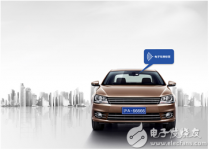
Smart transportation application solution for recognizing license plates
[ad_1]
With the expansion of cities and the improvement of people’s living standards, there are more and more vehicles on the roads. This not only increases the traffic pressure, but also puts forward higher requirements for vehicle management. Is there any new technology to solve these problems? Of course, the answer is, it is the intelligent electronic license plate.
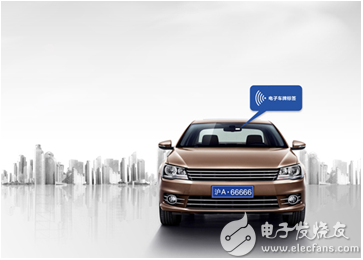
When it comes to smart electronic license plates, many people are curious. Here, I will give you a popular science on what is smart electronic license plates and the future development trend. At present, the most common positioning and recognition of license plates basically rely on image recognition. After the license plate number is detected, it is compared with the list in the database. However, the image recognition is greatly affected by environmental factors, and the recognition of the license plate is prone to errors, and the image is collected Blind areas often appear at times, and these uncontrollable factors limit the further development of image recognition.
In order to solve this series of problems, smart electronic license plates came into being. Smart electronic license plates are based onRFID RFID technology, as an emerging non-contact automatic identification technology, compared with traditional video and image processing license plate recognition technology, RFID technology-based vehicle identification has high accuracy, is not easily affected by the environment, has no blind spots, and can Accurately and comprehensively obtain vehicle status information and road network traffic conditions. The future development trend will be that electronic license plate recognition gradually replaces traditional license plate recognition methods.
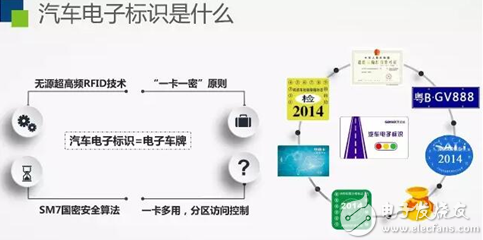
Figure 1 Automotive electronic logo
The core of the electronic license plate is the electronic label based on RFID technology, and RFID electronic label is divided into two kinds of active and passive, the advantages and disadvantages of the two kinds of labels are shown in Table 1.
Table 1 Comparison of electronic tags

Taking into account the service life and usage scenarios of electronic license plates, passive electronic tags have the characteristics of long life, small size, easy installation, and low cost, and are more suitable for vehicle installation and use. In the choice of communication distance, the UHF UHF 860MHz~960MHz passive RFID electronic tag has the advantages of long communication distance and fast transmission rate. It is a very good choice for the identification of electronic license plates.
Since the prospect of electronic license plate recognition is so broad, it must have many incomparable advantages and characteristics compared to traditional image recognition technology. Where are the specific basic requirements and technical advantages? Let’s briefly list a few as follows:
The basic requirements of electronic license plates:
Can store data (vehicle model, color, owner information);
The identification tag can be read from a long distance, and the distance of the fixed reading device is more than 10 meters;
High reliability, reading success rate is as high as 99.99% or more;
A large number of tags can be identified at the same time, with a maximum of more than 200 tags per second;
Accurately identify tags in high-speed motion, and the mobile identification speed can reach more than 100km/h.
Technical advantages of electronic license plates:
Data encryption, a unique algorithm is used in the tag communication process, which cannot be read by third-party equipment;
Easy to install, without any special installation tools or materials;
Unique human card and garage marshalling matching algorithm can accurately determine illegally used motor vehicles;
It can work reliably in any weather conditions around the clock.
It is precisely because electronic license plates have so many advantages and features compared to traditional license plates, it can be foreseen that in the near future, motor vehicles will gradually use electronic license plates with electronic tags to replace the current traditional license plates. In this way, from the front of the vehicle The construction and development prospects of the entire platform including license plate recognition, data transmission, vehicle management, data storage, and terminal query to the back-end of the electronic license plate are very broad. Figure 2 is a schematic diagram of the structure of the entire platform.
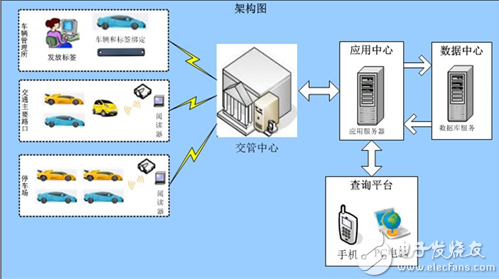
Figure 2 Schematic diagram of platform architecture
After talking about the principles and advantages of electronic license plates, some “old drivers” may start to wonder whether electronic license plates are really practical or not? Where are the specific applications? Next, we will briefly talk about the application scenarios of electronic license plates.
Scenario 1: Smart parking system
Speaking of most of the current parking lot management, many “old drivers” may have encountered problems such as parking difficulties, high fees, and lack of parking spaces. In order to solve these parking problems, in recent years, national policies have clearly proposed to vigorously promote the application of high-tech applications such as smart parking systems and automatic license plate recognition. To put it simply, the “wisdom” of smart parking is reflected in: smart parking space + automatic payment of parking fees.
So, how to realize smart parking at present? Let’s take the most common parking lot. The most important technologies are license plate recognition technology and electronic toll collection (ETC) technology. Before a vehicle with an electronic license plate enters the parking lot, the smart parking system can accurately identify the vehicle’s identity at a long distance through the electronic license plate recognition device, record the time of entry and exit of the vehicle for accurate charging, and enable the vehicle to pass quickly without having to stop for manual recording. When the vehicle exits the parking lot after parking, the smart parking system will communicate with the electronic license plate through the license plate recognition antenna, and automatically complete the entire charging process without requiring the driver to stop and other toll collectors to take any action.

Figure 3 Smart parking system
Through the application of the smart parking system, the passing efficiency can be improved and the occurrence of traffic “bottlenecks” at the toll gates can be prevented. At the same time, the RFID technology can realize unmanned toll collection, effectively curbing the evasion of parking fees, the negligence of the toll collectors, and the malpractices for personal gains. , At the same time, it reduces the management cost of toll stations and recovers the investment in infrastructure more quickly.
Scenario 2: Intelligent traffic management system
RFID technology can be used as an effective means of information collection in the traffic dispatch system and can be applied in the traffic dispatch management system. For example, the application of RFID to the bus depot management system can realize automatic, accurate, long-distance, non-stop collection of information when buses equipped with electronic license plates enter and exit the station, so that the bus dispatch system can accurately grasp the real-time dynamics of buses entering and exiting the bus parking lot. information. Through the implementation of this system, the management level of buses can be effectively improved, and the collected data can be researched and analyzed using computers, and the rules of vehicle usage can be grasped, the loopholes in vehicle management can be eliminated, the intelligent management of buses can be realized, and the image of the city can be improved.
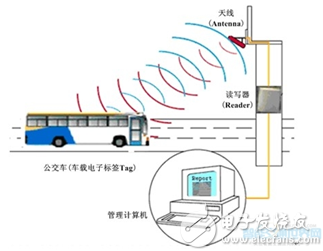
Figure 4 Bus management system
In addition, the use of RFID as a technical means has high economic efficiency. Compared with technologies such as the Global Positioning System (GPS), it has the characteristics of easy installation, strong adaptability, low cost, and no need for vehicle modification. At the same time, special service vehicles such as garbage transportation vehicles and dangerous goods transportation vehicles can be specially dispatched and managed. Through the electronic license plate installed on the vehicle, the identification device is placed at the monitoring point of the specific road section to monitor whether the vehicle is driving according to the prescribed route, and the location of the accident vehicle can be located in time when there is an emergency such as leakage.
Through the introduction of the above two practical application scenarios, we have a more intuitive and clear understanding of electronic license plates. Figure 5 is an example diagram of electronic license plates in specific industry applications. From this we can see that the key to electronic license plate applications , Inseparable from reading and writing equipment and data transmission. The IoT7000A-LI network controller launched by ZHIYUAN Electronics uses the i.MX6UL multimedia application processor with Cortex-A7 core as the core, 528MHz frequency, dual Fast Ethernet, onboard dual MiniPCIE interface design, and expandable GPRS/3G/ Wireless communication modules such as 4G, ZigBee, LoRa, WiFi, GPS/Beidou build a bridge between the local area network and the wide area network. With the license plate recognition antenna, the license plate data can be easily read and transmitted, and it can be at -40℃~+ It works stably within the temperature range of 85°C and meets various demanding industrial applications. It is a must for building a smart transportation system.

Figure 5 Application of electronic license plates in the industry
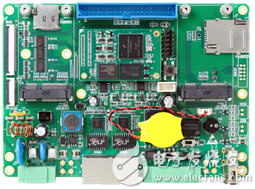
Figure 6 IoT7000A-LI network controller
In the future, with the advancement of technology, from smart wear to smart travel, smart cities in the future will be getting closer and closer to us, and people’s travel will become more convenient. Let us look forward to the wonderful things that technological innovation will bring us. The future.
[ad_2]



